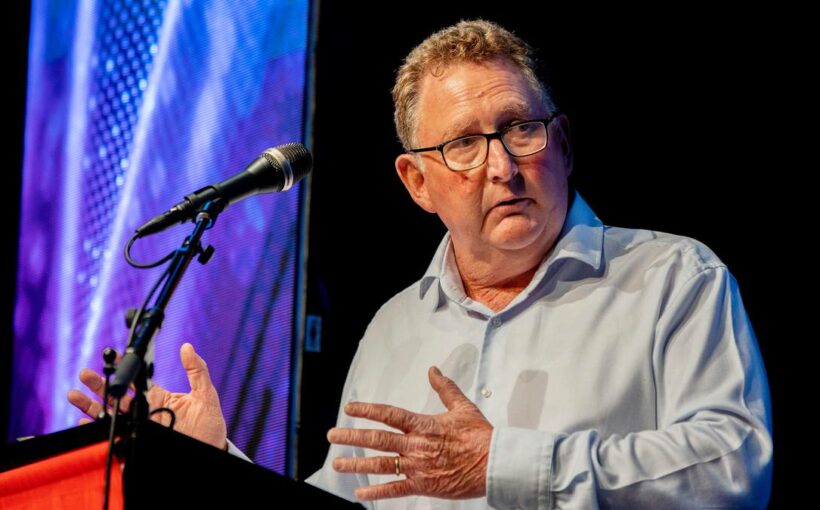Business confidence dipped in June as firms worried about rising costs and staff shortages, the ANZ Business Outlook survey showed.
That was lifting the odds that the Reserve Bank will need to raise the official cash rate this year, ANZ chief economist Sharon Zollner said.
The market (including ANZ) is currently forecasting rates to rise in February.
“The New Zealand economy is stretched, and firms are clearly facing enormous cost pressures,” Zollner said.
“Increasingly, they are planning on raising their prices in response, with little fear evident that demand will collapse as a result. Shortages of labour are driving investment decisions to a greater extent, but it’s confidence in the economic outlook that will always be key here.”
Inflation risks were now all on the “upside” and “the RBNZ needs to get a wriggle on regarding raising the Official Cash Rate”, she said.
Expectations about firms’ own activity were more positive, rising from the levels in the May survey.
That improvement – with expectations holding firm above pre-Covid levels – continued to highlight the strength in economic conditions in 2021, said Westpac economist Gregorius Steven.
“Along with confidence, underlying gauges of business activity have generally been trending higher and are back around their long-run averages,” he said.
“Employment and investment intentions remain strong, consistent with an economy that is back on firmer footing”.
But inflation expectations continued to trend higher and were at their highest level since late 2014, Steven noted.
The time for emergency monetary policy stimulus was over, Zollner said.
“With firms keen to invest and employ, and both cost-push and demand-pull factors suggesting strong inflation ahead, it’s past time to unwind the emergency OCR stimulus.”
“We are forecasting the RBNZ to raise the OCR in February next year, but odds are rising that we’ll see hikes this year,” she said.
Retailers’ pricing intentions soared with a net 84 per cent of respondents indicating that they expected to lift prices.
Expected costs hit the maximum possible – 100 per cent -for agriculture, and are in the 90s for manufacturing and construction.
Even in the relatively downbeat services sector, a net 79 per cent of firms expect higher costs.
Inflation expectations at 2.41 per cent can no longer be said to be “close to” the RBNZ’s target range midpoint of 2 per cent, Zollner said.
Labour shortages topped the list of concerns businesses were asked to identify.
“For those planning to invest more, the decision is increasingly being driven by skilled labour shortages and labour costs,” Zollner said.
For those intending to invest less (far fewer firms), the domestic and global economic outlooks were becoming less important as they had improved.
But skilled labour shortages and labour costs were also seen as reasons not to invest, Zollner said.
“Presumably around uncertainty about whether staff to work the machines/develop the IT could be found, and cashflow issues respectively.”
Investment intentions rose 7 points to a net 25.5 per cent.
Employment intentions eased 1 point to a net 19.7 per cent.
“There is no question that inflation is set to spike this year, reflecting the supply-side shock to the economy from Covid,” Westpac’s Steven said. “The key for the RBNZ will be whether this feeds into ongoing increases in wages and prices”.
Source: Read Full Article

/cloudfront-ap-southeast-2.images.arcpublishing.com/nzme/AWCPQNNAYJYRO6F35RZHPDTB7U.jpg)